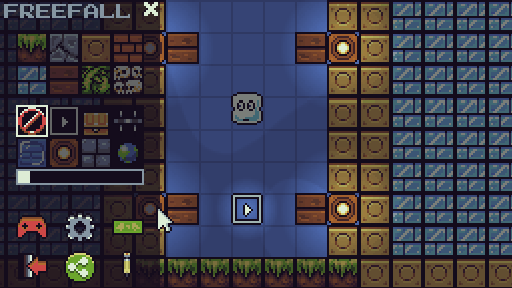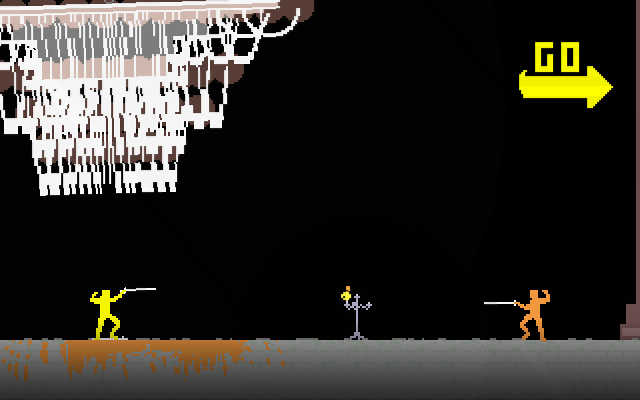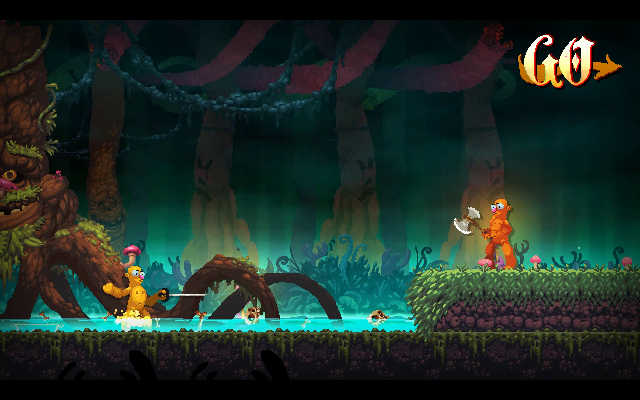Low Fidelity
Here's a recent addition to My Game Design Principles:
When you're short on time or resources, consider a low fidelity approach to empower you to move more quickly.
I shipped a small game with 16x16 sprites and a resolution of 256x144. So tiny! To this day I'm convinced that I never would have finished at a higher resolution -- each and every sprite would have taken more time to make, every single screen would provide more surface area to cover. With larger sprites, two-frame animations become less charming and beg for more frames. Everything would have compounded and become overwhelming.
If you have a burning desire to make a high fidelity game, it can still be a good idea to start with low fidelity. You can solve all the difficult game design problems with low fidelity assets, and the end result could "earn" the right to increase the fidelity.
Time for an example! Rather than talking again about Spelunky Classic VS Spelunky (as you'd expect me to), let's instead look at Nidhogg. The original Nidhogg shipped with a low fidelity aesthetic that reminded me of the Atari 2600 era:
For the sequel, the developers increased the fidelity of the visuals:
To me, this increase in fidelity suggests that the developers may have originally wanted higher quality visuals, but perhaps didn't have the resources to complete their vision. Leveraging the original game's success, they were able to invest more heavily in areas they wanted to improve. The original lo-fi game paved the way for the higher fidelity game.
In general, Nidhogg 2 probably looks more "complete" or "polished" to most people and may appeal to a wider audience. However, I don't even have to check the reviews to guarantee that some players are vocal about preferring the lo-fi look of the original. So keep in mind that not everyone sees a low fidelity look as lower in quality.
microsoft: 120fps, 8k, a terrabyte!
— Jan Willem Nijman (@jwaaaap) June 9, 2019
me: this new game is gonna be 320x180
Along with low resolution pixel art there's low poly 3D, vector art, doodles, even stick figures ... any shortcut you can take could be the difference that enables you to finish your game versus being crushed under the weight of a higher fidelity.
More here:





